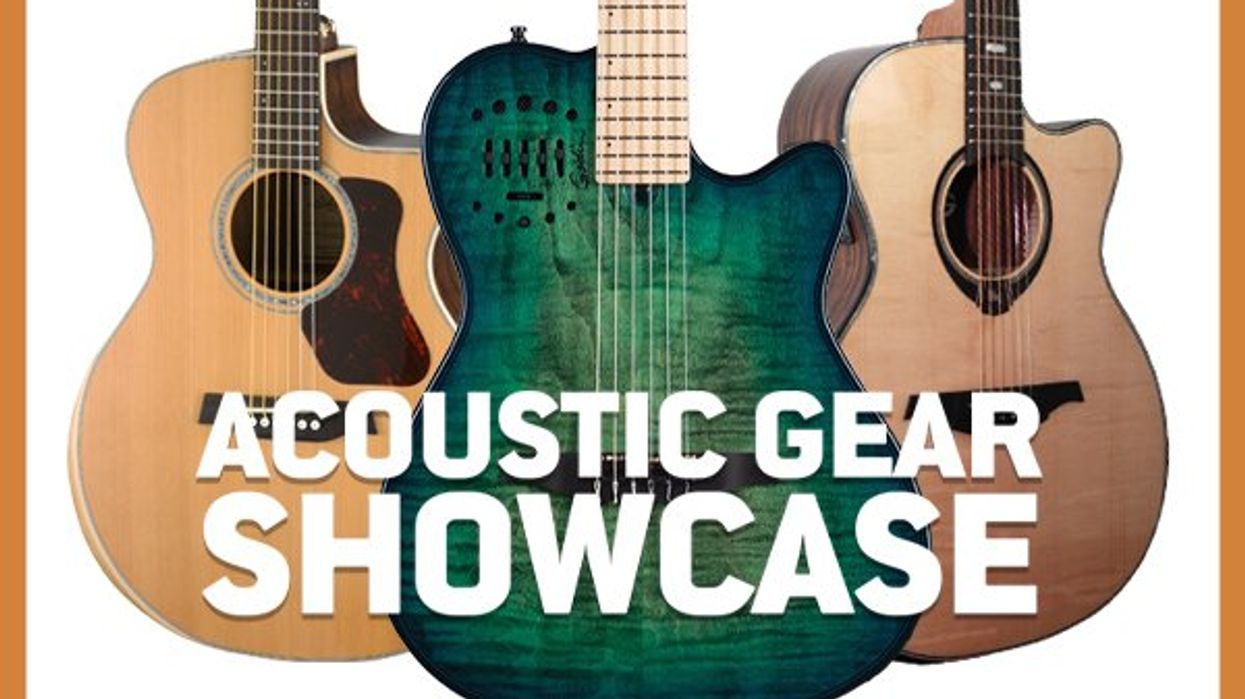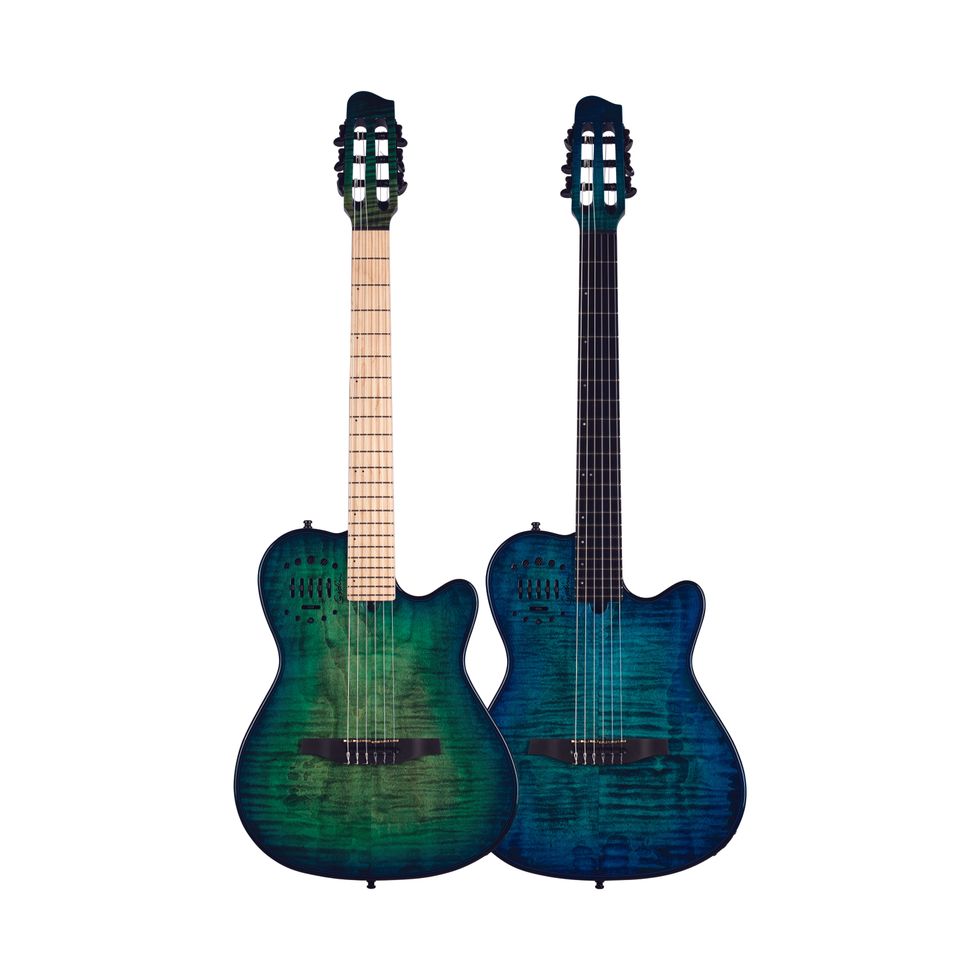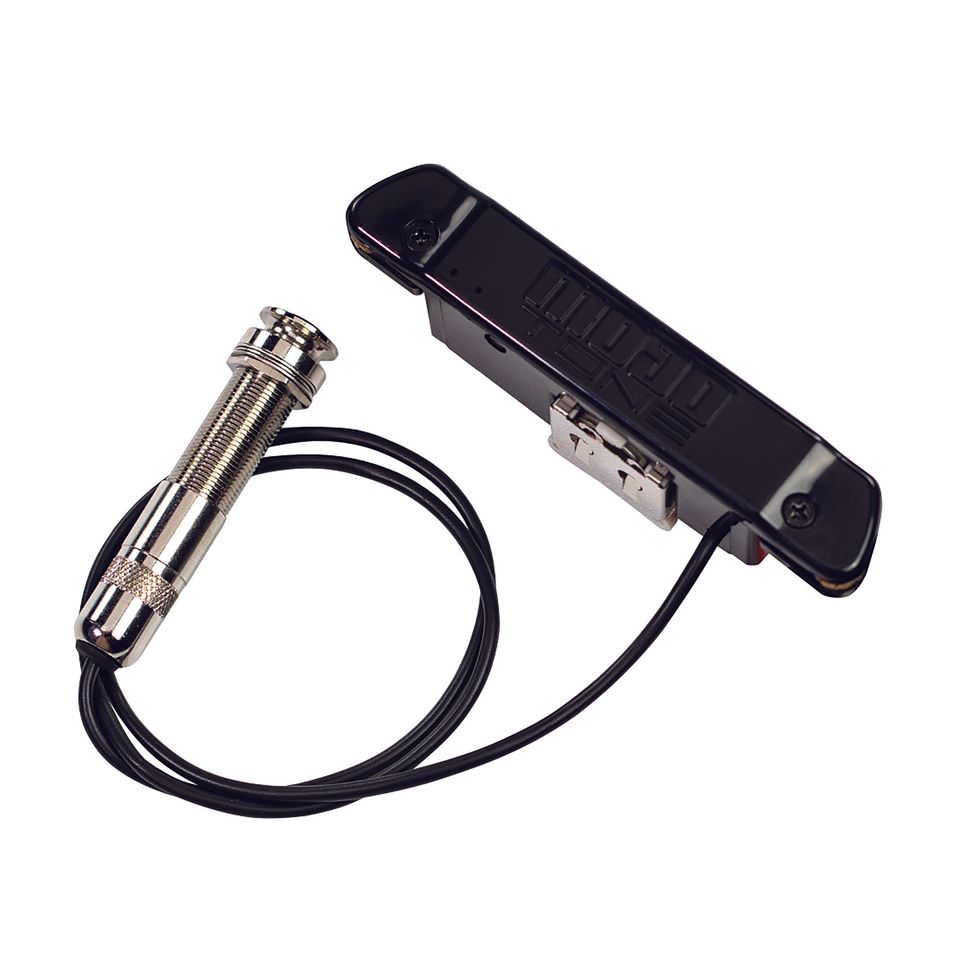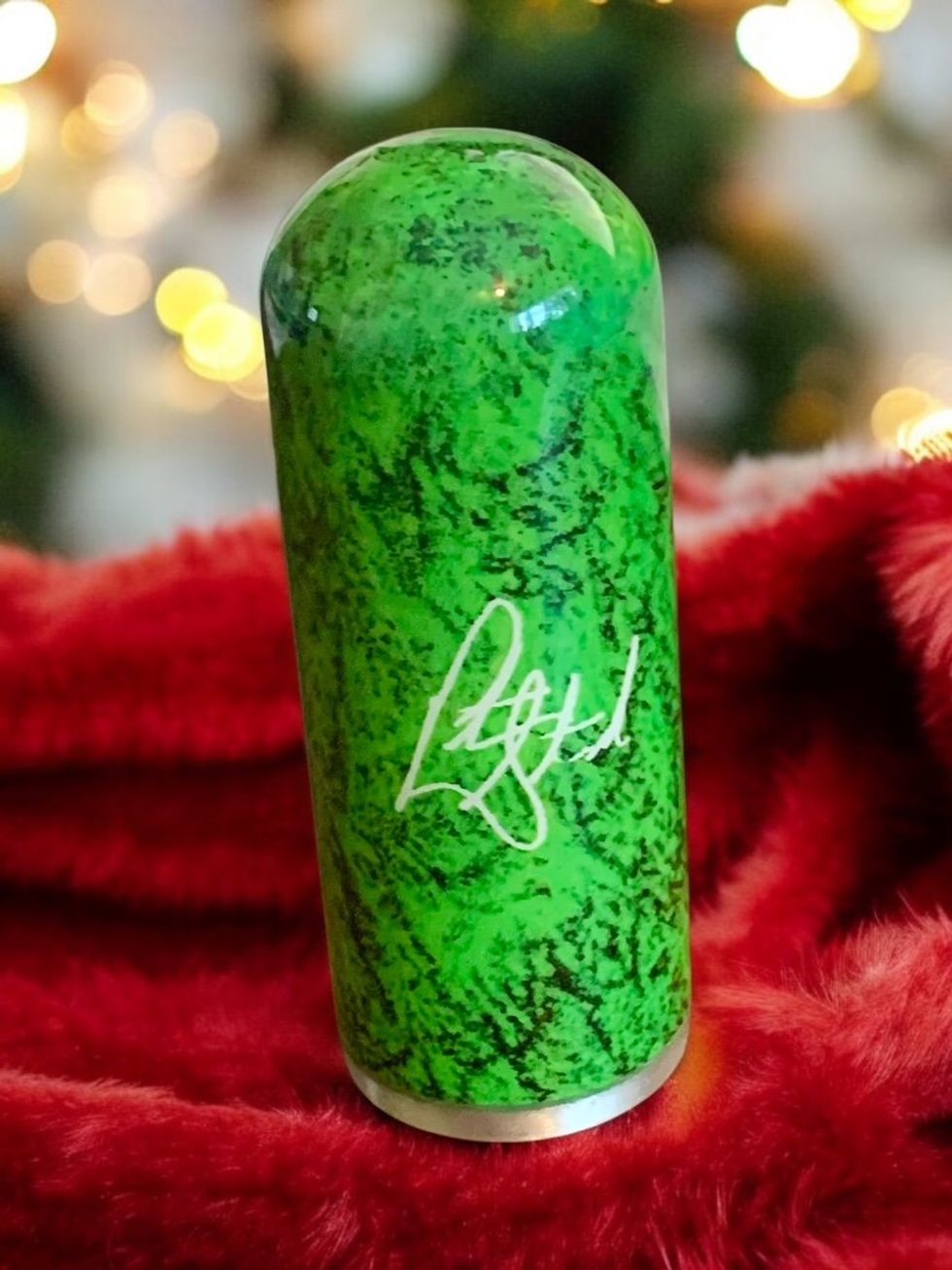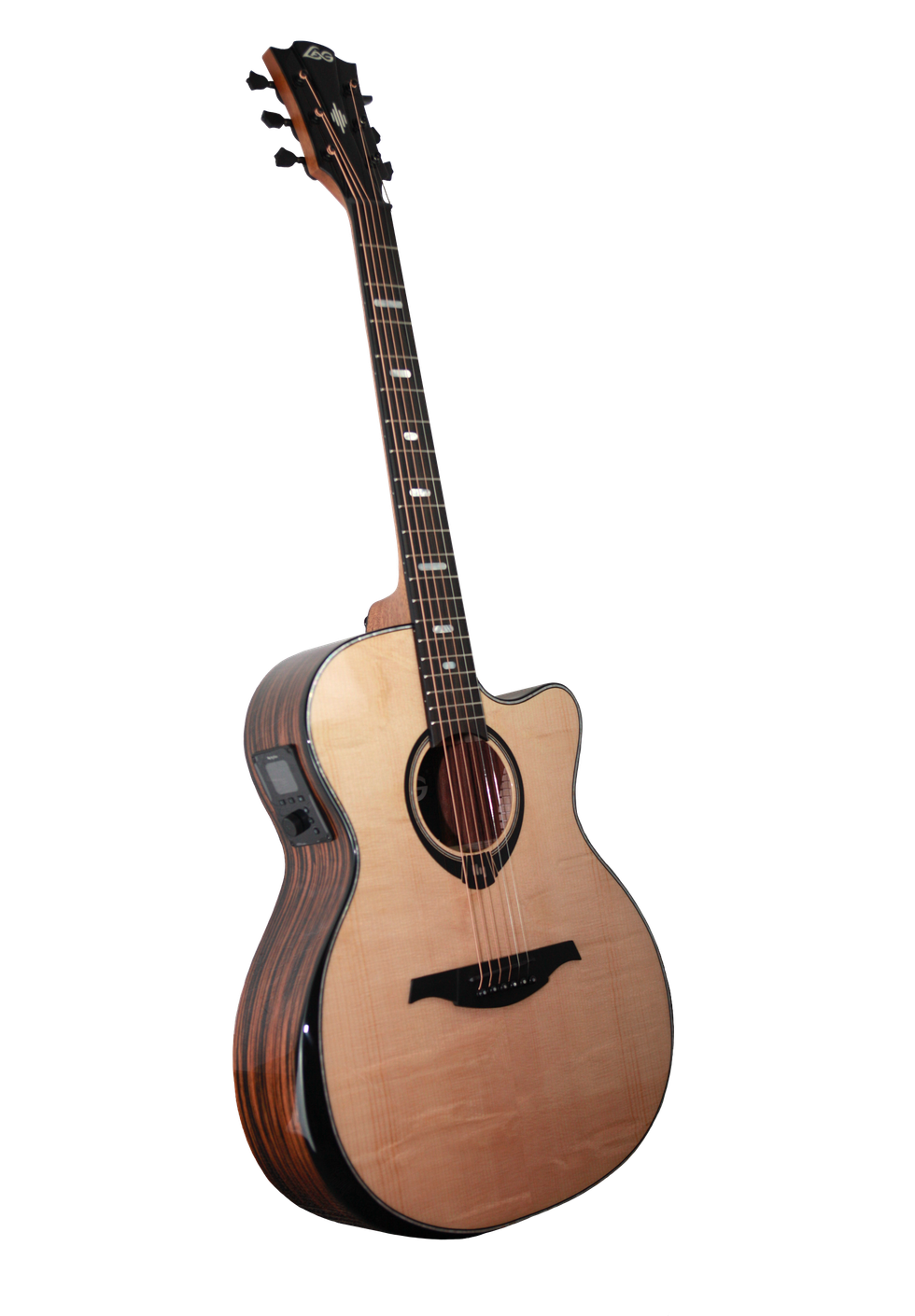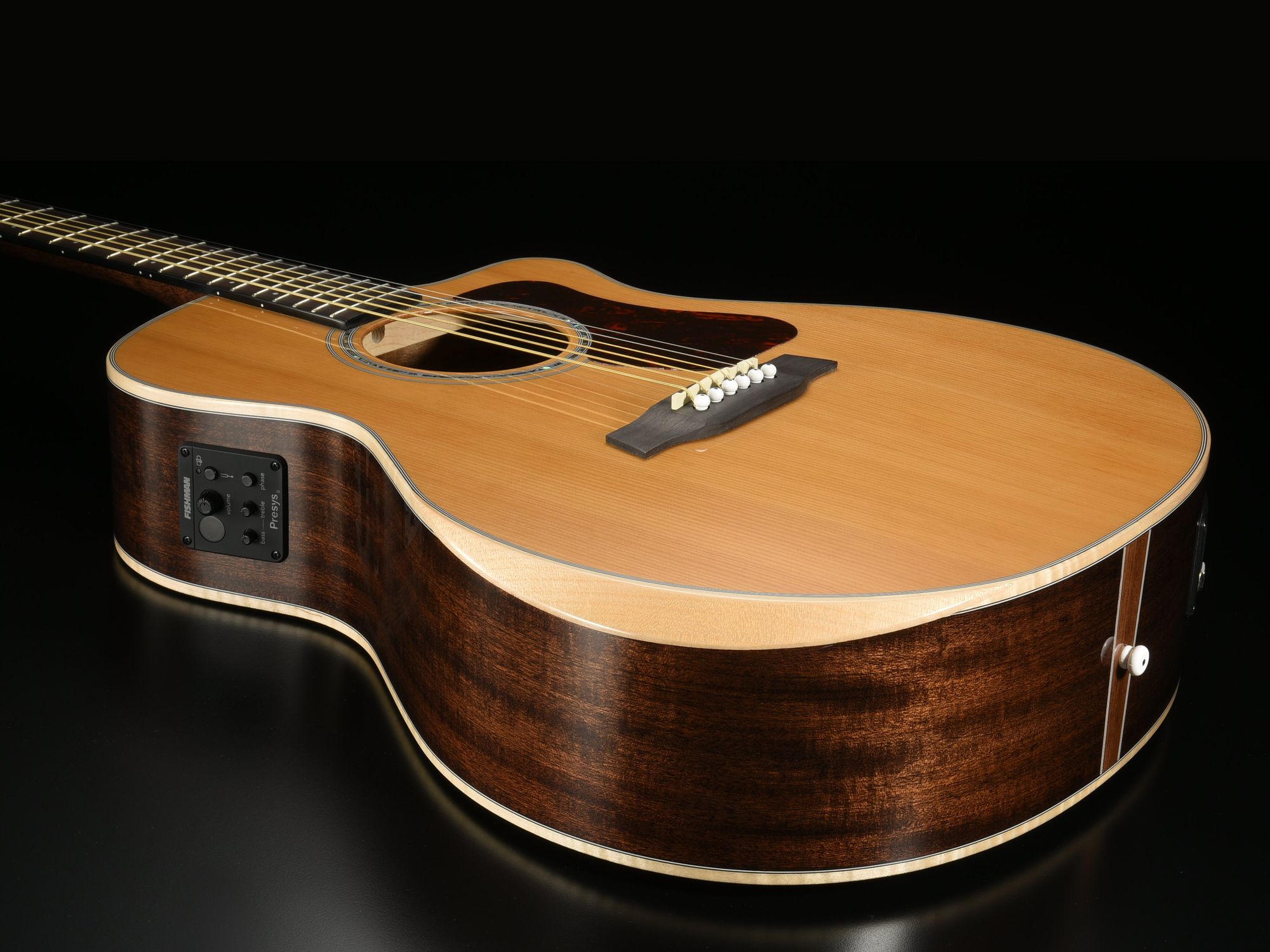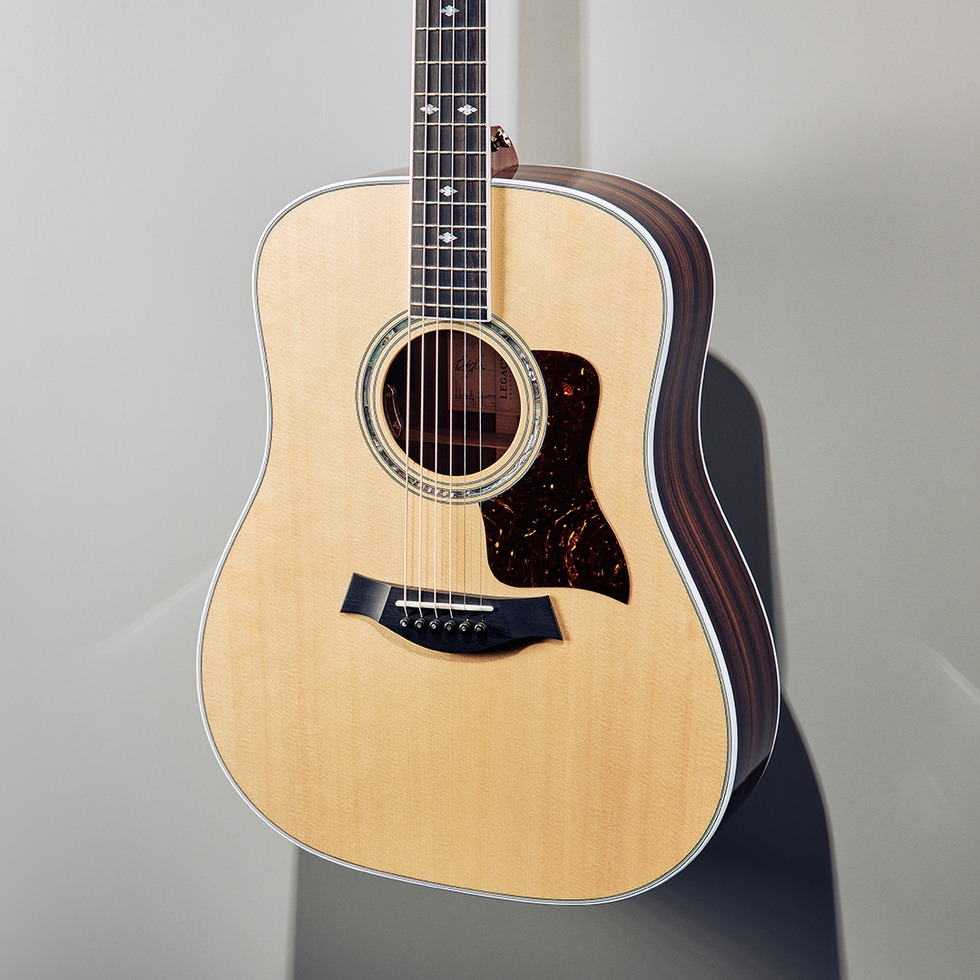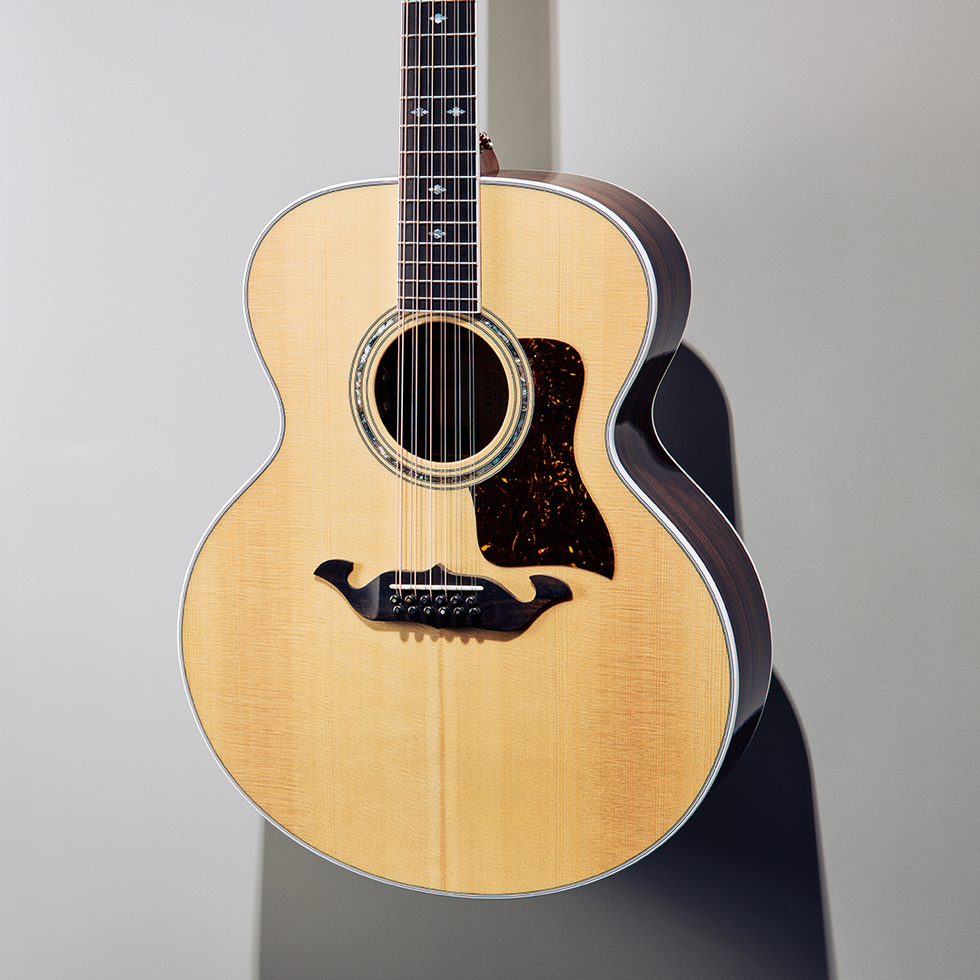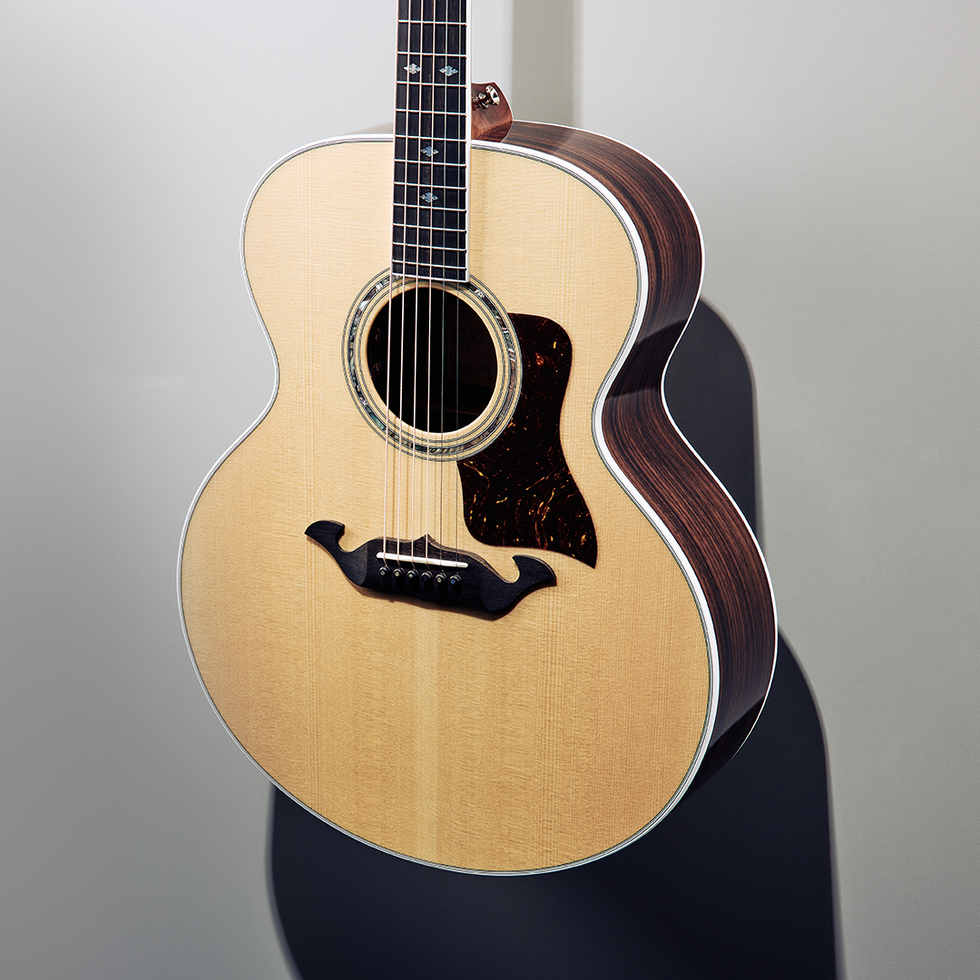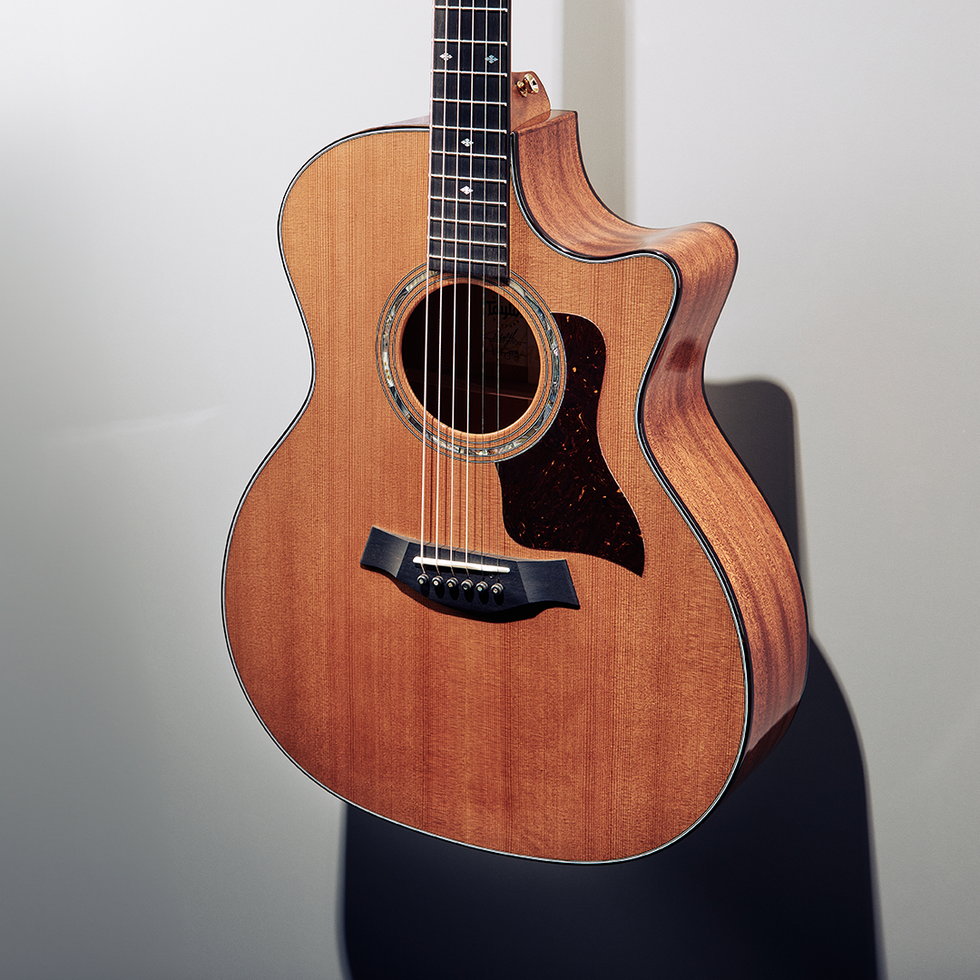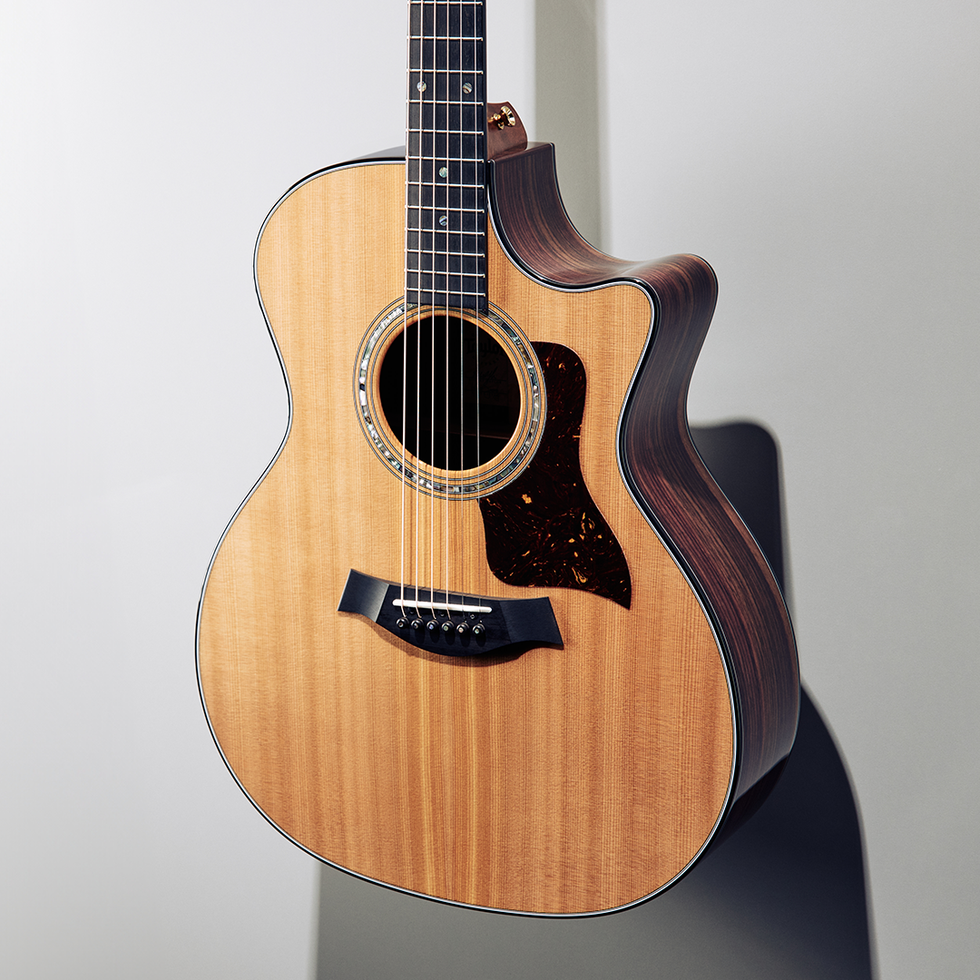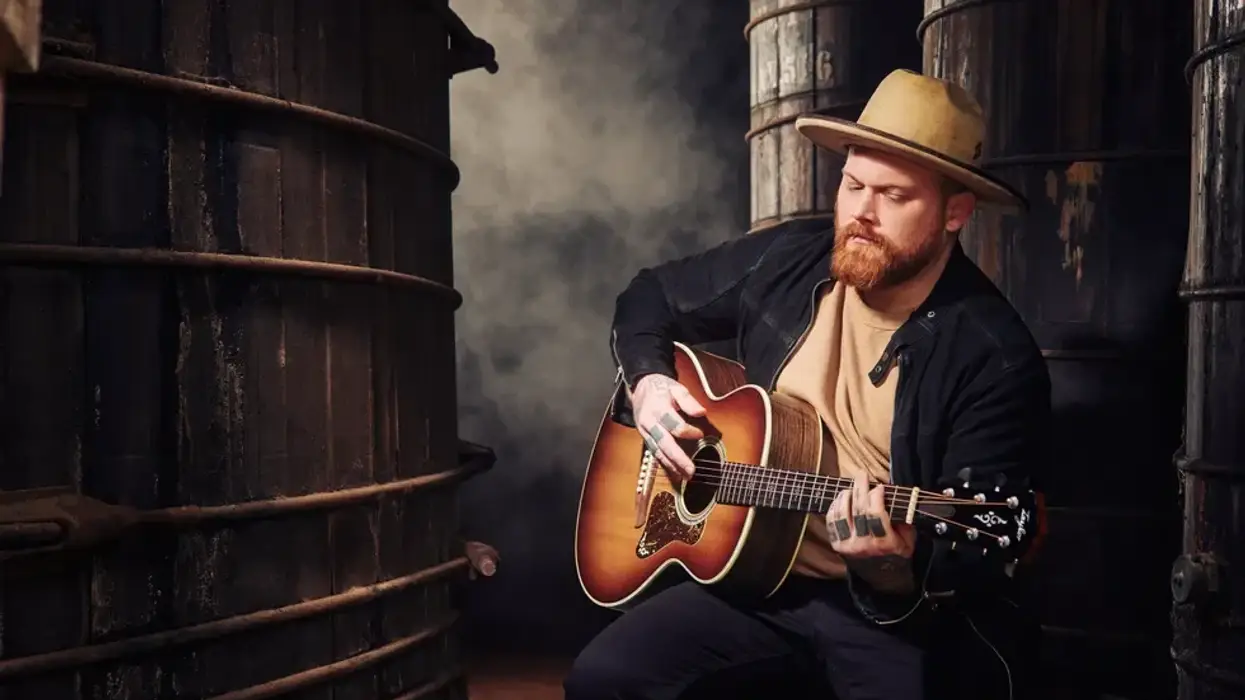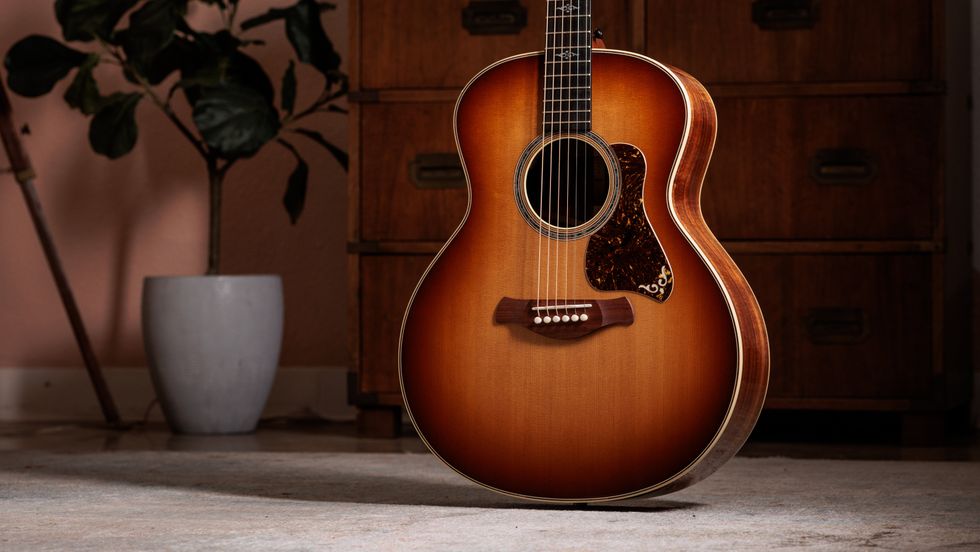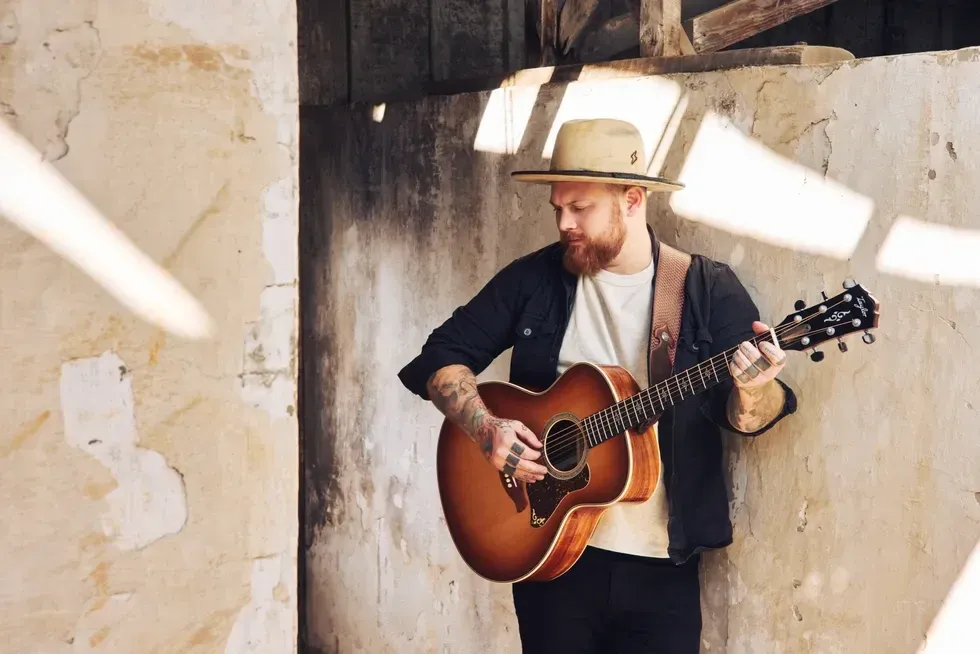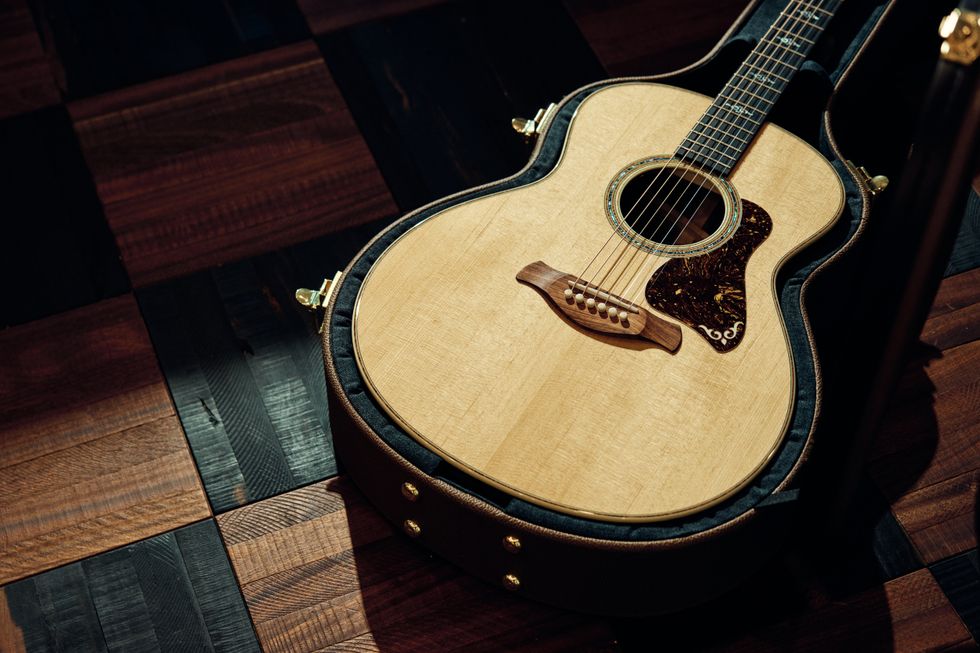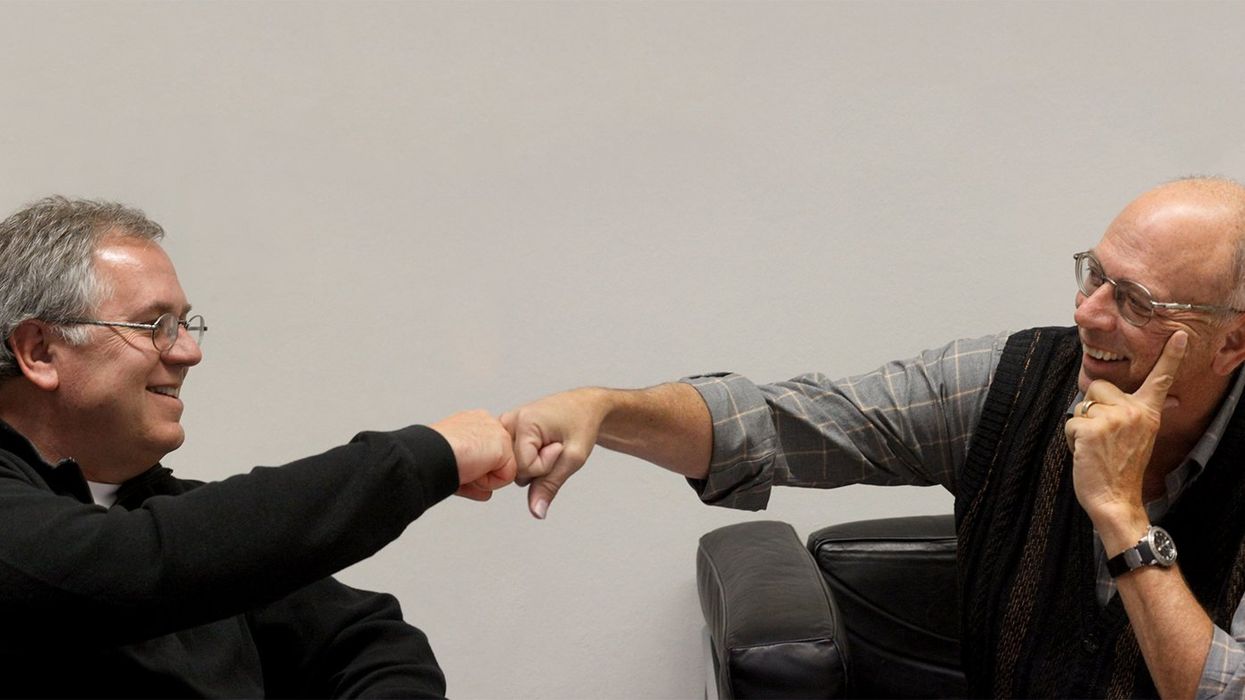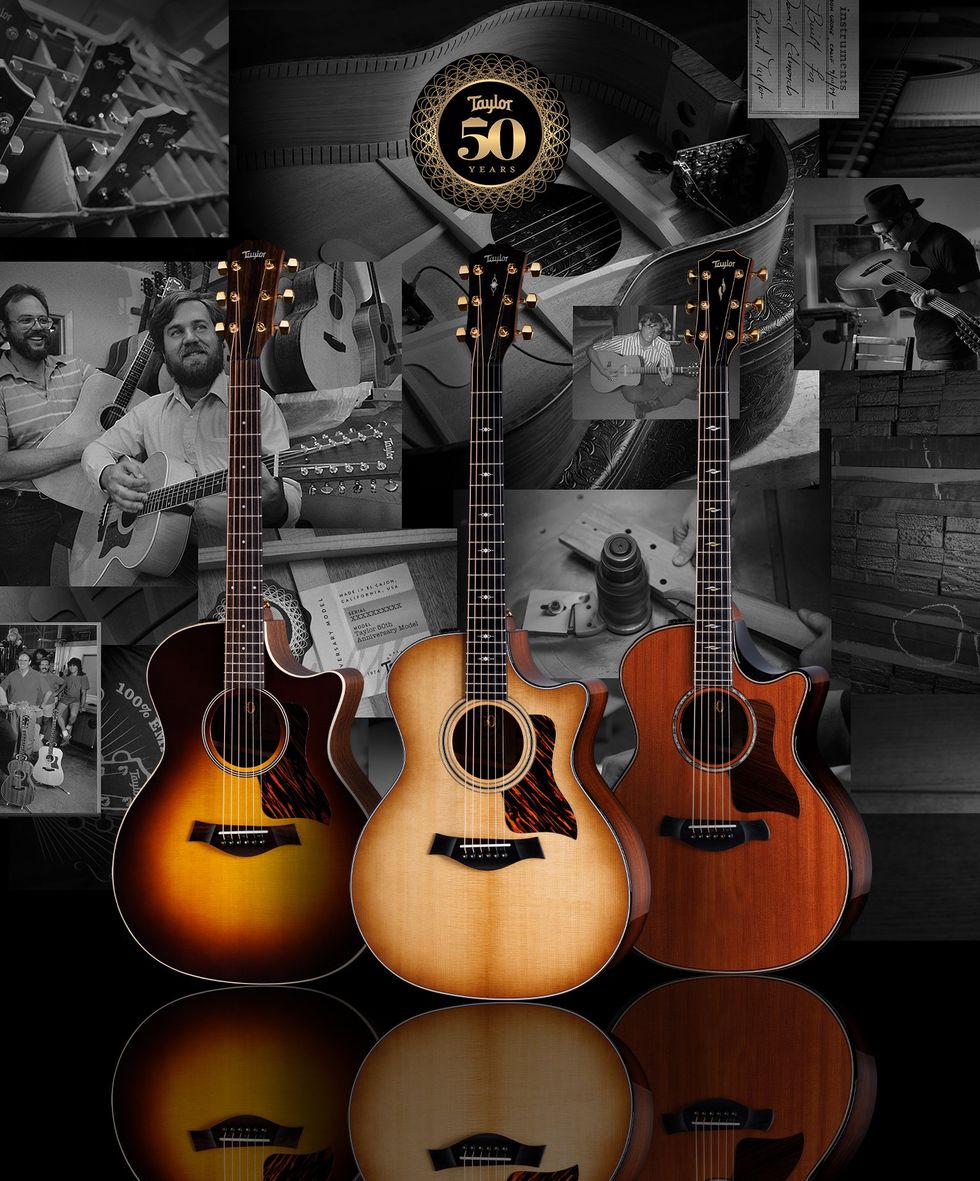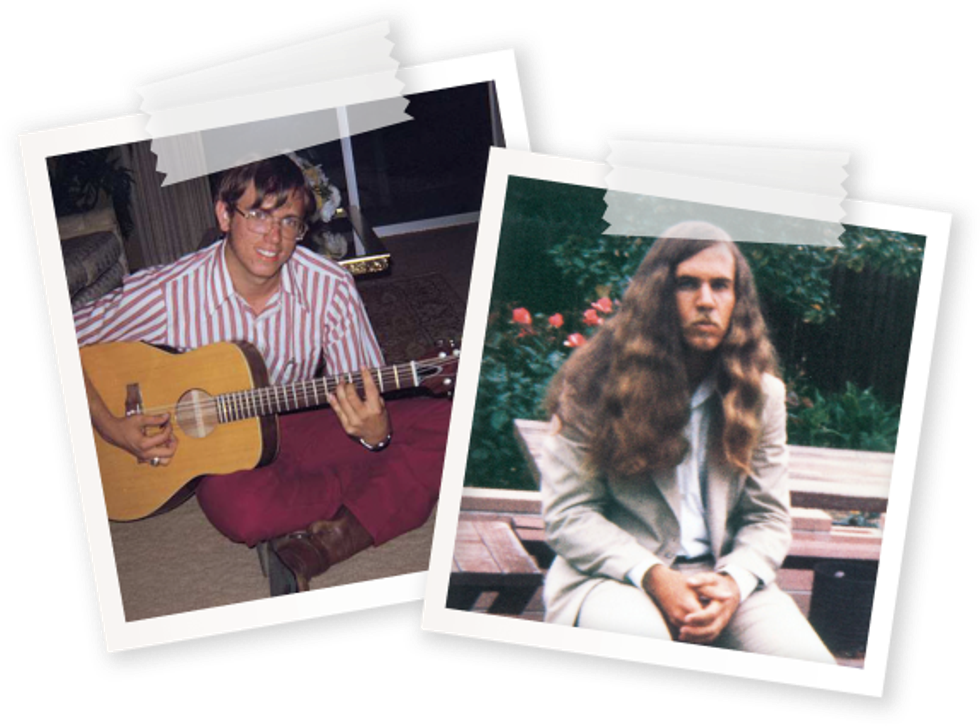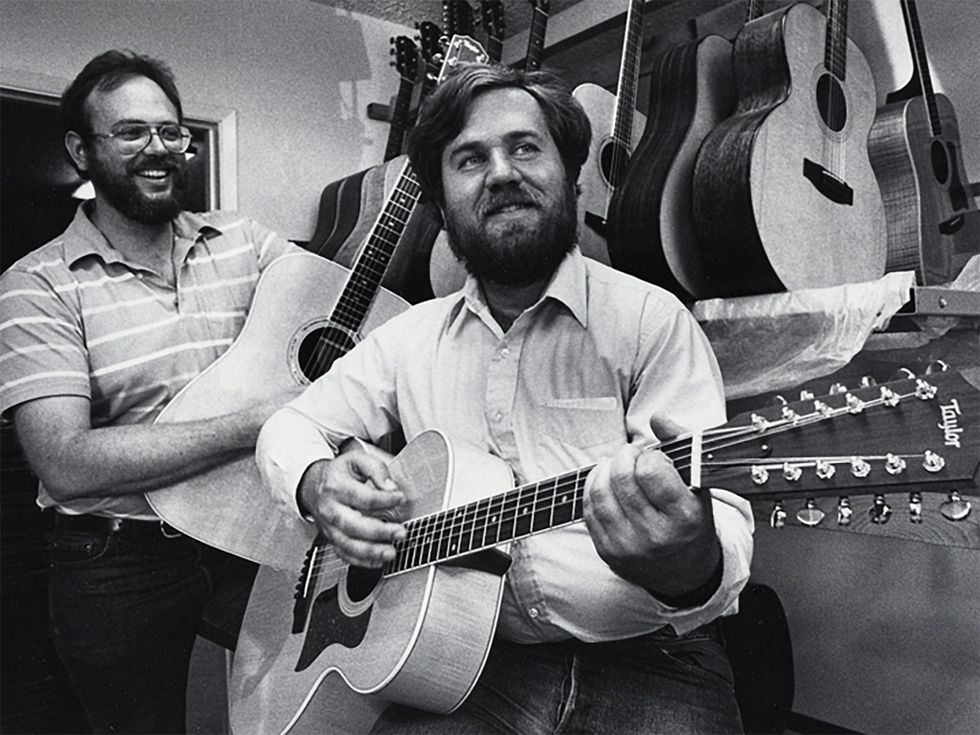Tonewoods absolutely matter when it comes to acoustic guitars, right? But how much difference does the wood actually make? If you’ve tried out different guitars made from different woods by different vendors, then are you only hearing the woods? Or are you hearing the shape? The body size? The bracing? Or maybe other differences in the design and construction?
Could you ever tell the difference between guitars from the sound of their tonewoods alone? That question has puzzled us, too — for years. Sweetwater reached out to Breedlove Guitars to try and answer these questions by doing something that’s never been done before.
“What if we made the same guitar out of different woods? How much difference would we hear?”
The premise seemed simple enough: same guitar, same dimensions, same maker, same everything. The difference? Only the wood in the backs and sides would change from guitar to guitar. Simple — but no one has ever committed the time, expertise, and resources required to do this. Until now.
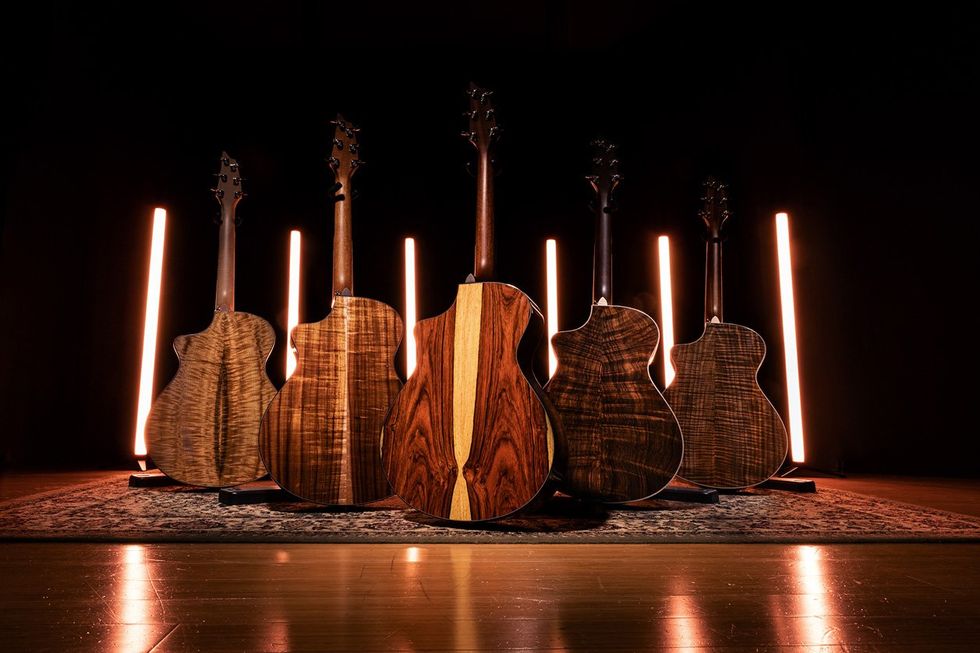
Can You Hear the Difference? Acoustic Guitar Tonewood Showcase
Let's Listen
Your initial reaction to these guitars may be like ours when we first flipped the latches and opened the cases — lots of “ooh-ing” and “ah-ing” over how beautiful the instruments are. They are truly works of art. We’ll start with a gallery of photos while treating you to sound samples for each of these exquisite guitars, played by Don Carr.
Note: We used premium microphones and preamps to record these and reveal all the nuances between them. Using high-quality speakers or headphones is the best way to listen to these.
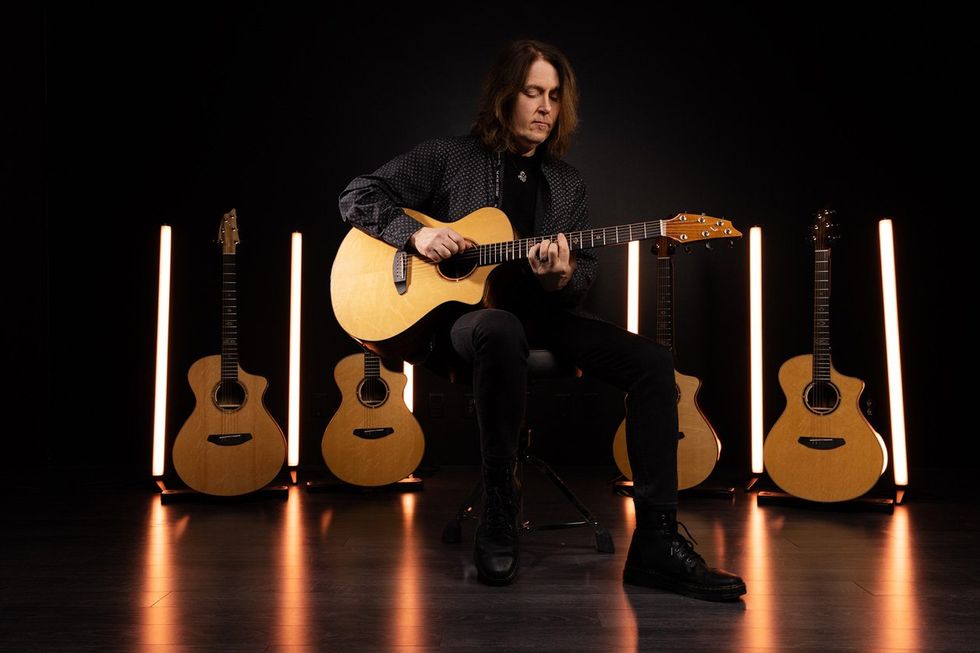
Rosewood
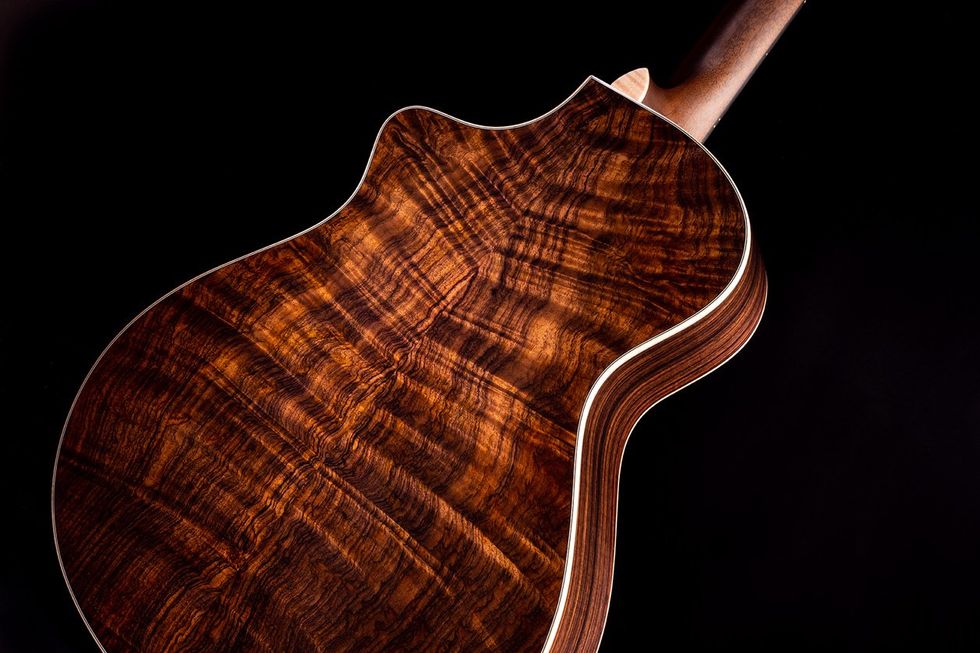
A perennial favorite, offering power and definition like no other. Listen on Sweetwater.com.
Myrtlewood
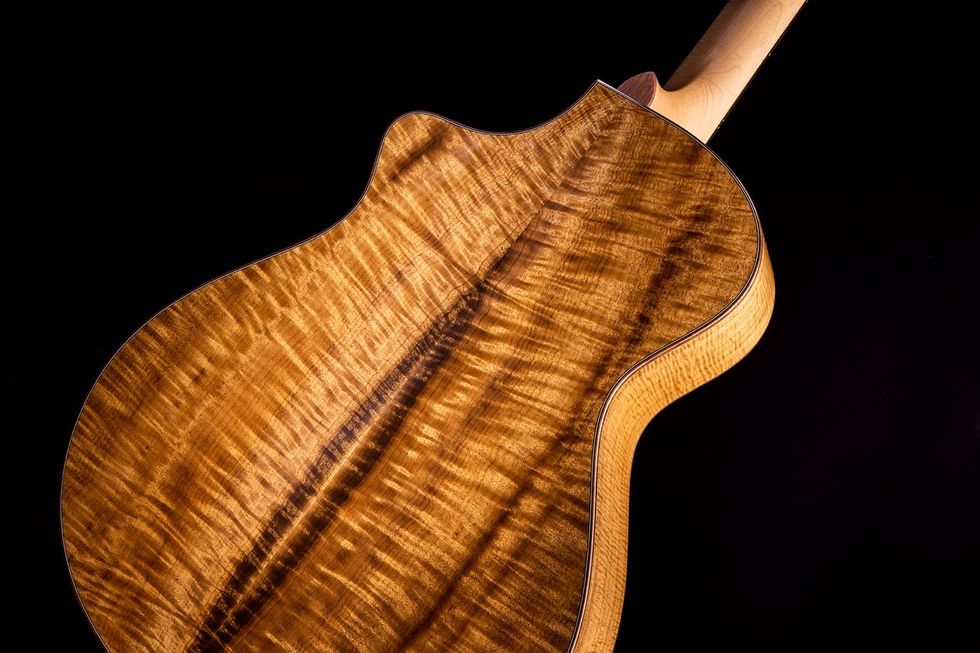
A Breedlove favorite, Pacific Northwest native, and new to many players -- it may surprise you. Listen on Sweetwater.com.
How This Project Began
Thom Grant, Sweetwater’s acoustic guitar category manager, reached out to Angela Christensen at Breedlove Guitars and brought up the intriguing idea of a Tonewood Showcase series. In this project, we would build identical guitars from different tonewoods to compare the sounds of each. From the start, Angela was all in. As head wood buyer for Breedlove, she was intrigued by the properties and characters of different woods. As a company, Breedlove adores coloring outside the lines, and this group of Tonewood Showcase guitars certainly fits that model. One word that kept coming up was “unprecedented.” Nobody has ever done anything like this before. With buy-in from a premium builder like Breedlove and a dedicated luthier like Angela heading up this unique project, we began with a completely blank slate. Imagine having every option available to you: Where would you begin?
Where Do We Start?
This amazing opportunity presented us with a number of questions:
What guitar model should we use?
We decided to use the Breedlove Concert body style, the company’s most popular model.
What wood will we use for the top?
We decided that the tops would be spruce, and Angela agreed to personally select the highly figured Bearclaw Sitka spruce tops that would be used on all the guitars. And the tops are stunning! Each is hand-tuned with Breedlove’s proprietary Sound Optimization method. In this hand-voicing process, the company’s luthiers meticulously tap, listen, and shave away wood while targeting specific frequencies to make each instrument sound its best. Each instrument comes with a certificate that documents the optimization process for that specific guitar.
What tonewoods should we use for the backs and sides?
Sweetwater and Breedlove decided that these five woods — chosen for their unique looks and sounds — would be utilized for the backs and sides:
- Cocobolo
- Koa
- Rosewood
- Walnut
- Myrtlewood
If all the guitars are identical except for their backs and sides, then how will you tell them apart just by looking?
Each guitar has neck inlays, an inlaid rosette around the soundhole, and a veneer on the headstock that matches the back and side wood. The original Breedlove “B” logo appears on the headstock to visually differentiate these guitars. Note the beautiful wood binding around the body as well.
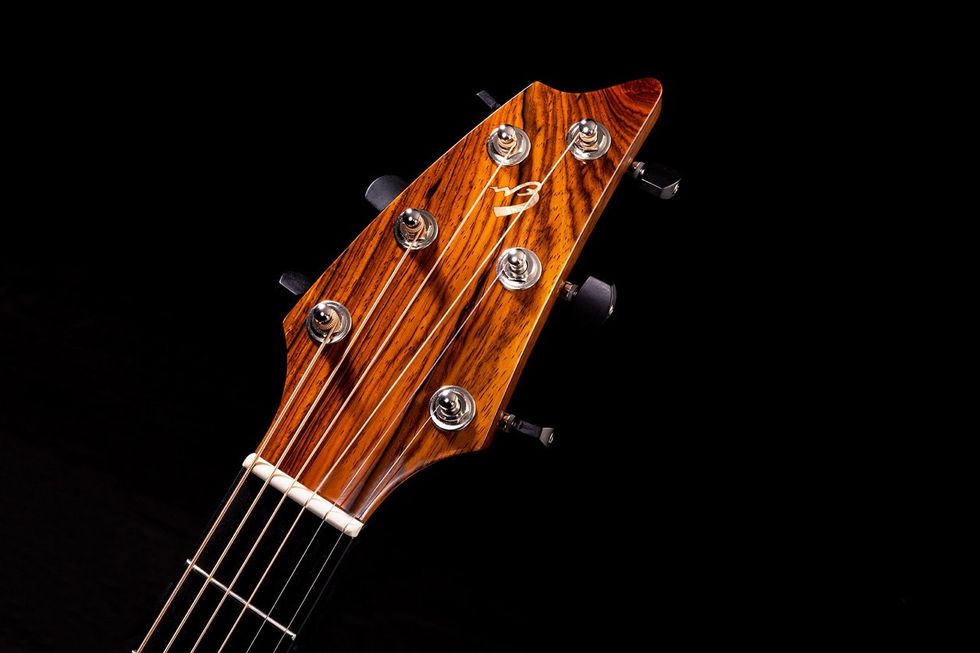
What about the necks?
All the necks are made from mahogany and have ebony fingerboards. The guitars’ neck inlays are quintessential Breedlove and match the body wood — koa inlays on the koa guitar, for example. The one exception is the neck on the myrtlewood guitar, which is maple — a pairing prized by Breedlove.
What bracing and hardware do we use?
All the guitars are identical in terms of bracing. The tuners and bridges conform to Breedlove’s high standards.
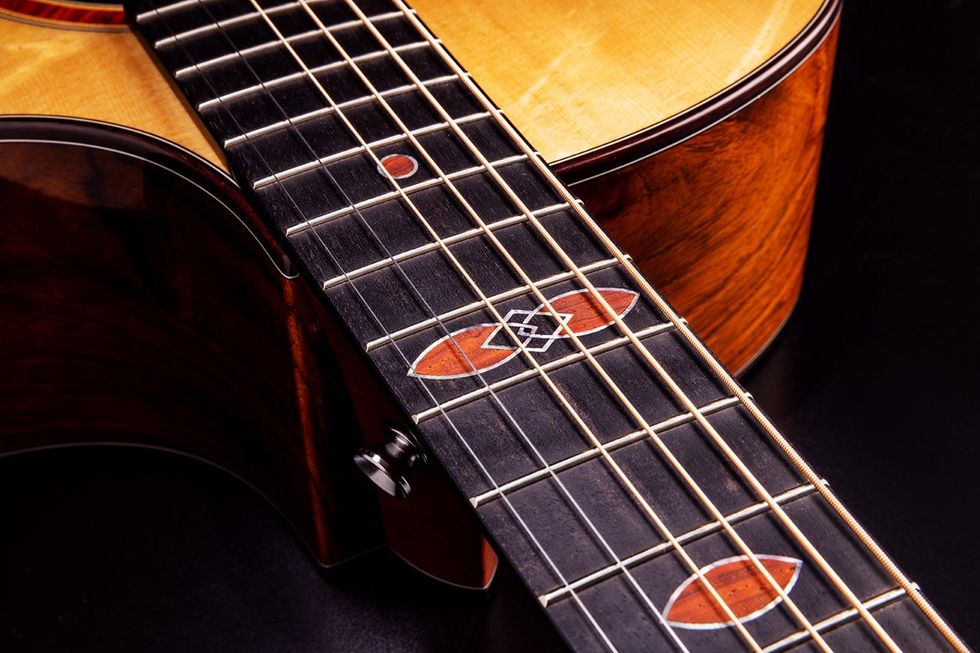
These look like limited-edition guitars. Are they?
These are NOT strictly limited-edition guitars because we can make more. We have ordered five of each with the option for building more. They are Sweetwater-exclusive instruments, however, and with the look and panache of an instrument valued at more than $10,000, each will surely be rare and highly prized but at a more reasonable cost. Sonically and visually, they compare well to guitars that cost twice as much.
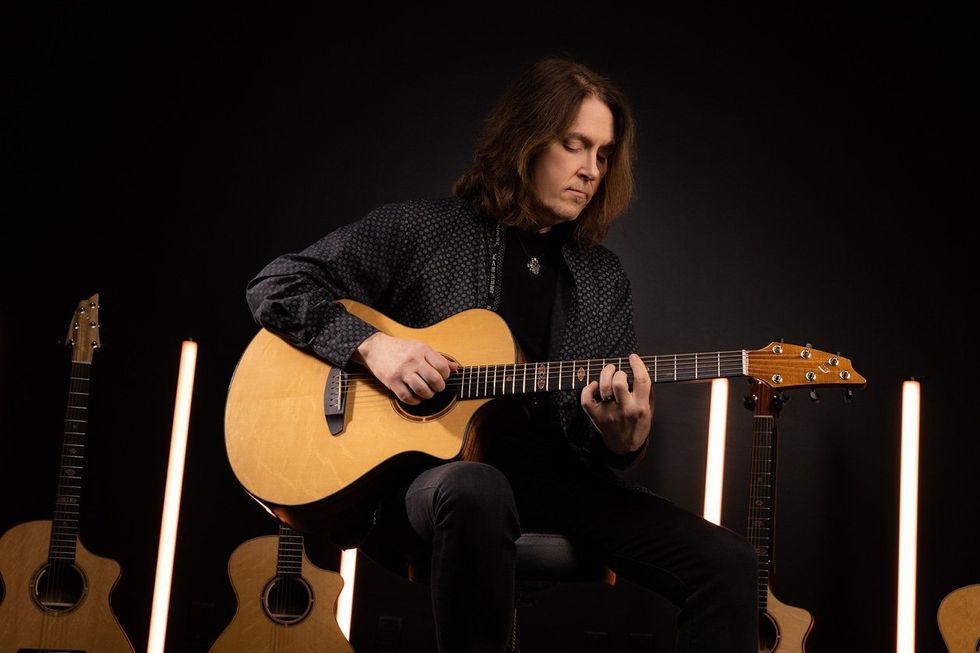
Player's Perspective: Do Tonewoods Matter?
Don Carr had the unique privilege of playing these five guitars on multiple occasions. Here are his thoughts after spending time with all of them:
"Normally, when playing various guitars in a head-to-head comparison, there’s a long checklist to consider for each instrument: visual appeal, body size and shape, design and construction, action and setup, wood choices, quality vs. price, and ultimately, of course, how it sounds. This experience was not a normal comparison. In this one-of-a-kind context, the only difference I had to consider was how the guitars sounded, and as a player, how that sound felt to me and how I responded to each one.
I’ll start with the fact that all of the guitars sound incredible. This is a testament to Breedlove and Angela’s expertise and resources. Breedlove’s Concert guitar is a perfect platform because the feel is balanced, and the sonic spectrum is evenly represented. Plus, it’s just a joy to play. Breedlove has an amazing wood library, but beyond having the right woods, knowing how to choose the right pieces and pair them properly is an art. All that considered, with every other aspect of the construction of these guitars being as close to identical as possible, there are subtle differences.
As the person lucky enough to play and record all five guitars, I got a chance to spend a decent amount of time with each one. From the player’s side, the most noticeable differences are in the low end, largely because you feel the way it resonates against you. When picking a favorite, this is a factor depending on whether you like to feel the body resonate and be enveloped by the low end of the instrument. Spoiler alert: I found that the more I played them, the more difficult it was to pick a favorite. Sorry, not sorry! I honestly enjoyed every one of them, and they each have their own unique and useful sonic signature."
Conclusion
These extraordinary instruments are some of the finest, most unique acoustic guitars you may ever see, and they are only available at Sweetwater. Pick the one with the sound you like most and reach out to your Sweetwater Sales Engineer at (800) 222-4700. While we hope to make enough for everyone who wants one, there are no guarantees. We’re not sure how long they’ll be around, so don’t wait — order your favorite today!
Credits
Don Carr’s original compositions and performances are featured in this article, and Jason Peets engineered the sessions at Sweetwater Studios. We used a pair of Telefunken C12 large-diaphragm tube condenser microphones through a DW Fearn VT-2 Dual-Channel Microphone Preamp recorded directly recorded into Avid Pro Tools through Avid MTRX converters. Photography was done by Sweetwater’s own Matt Owens, and the tube lights utilized in the shoots were Chauvet Pro WELL STX 180 LED tube lights.


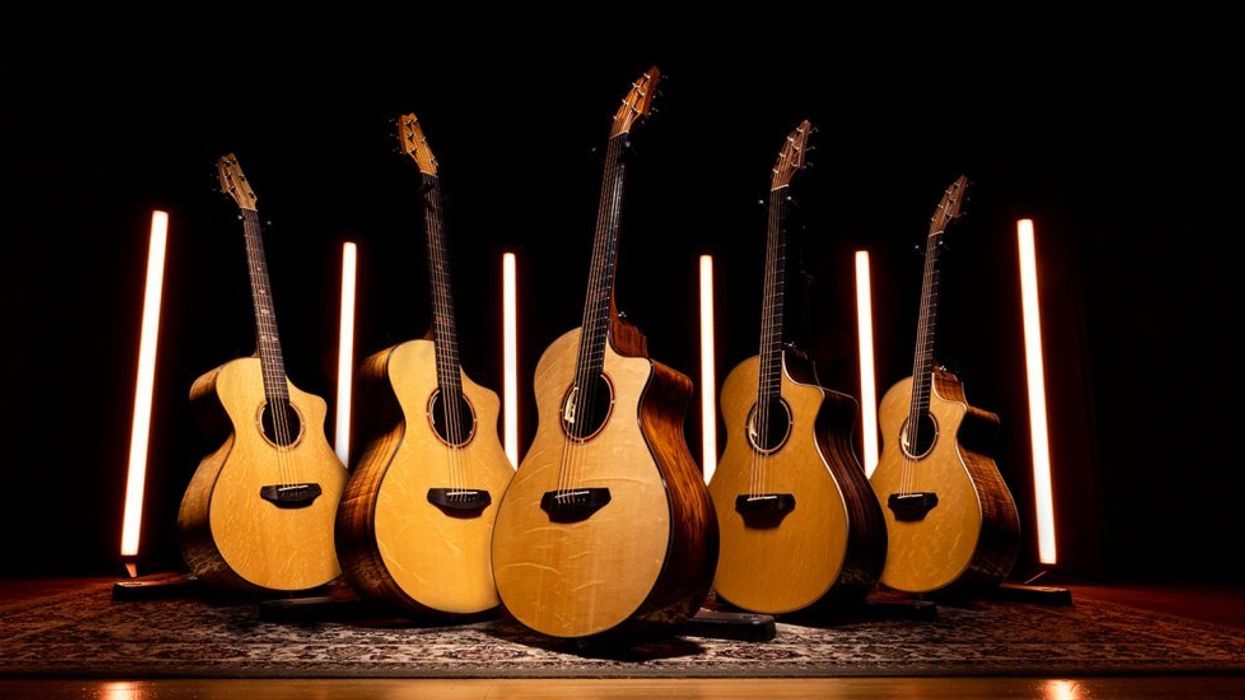

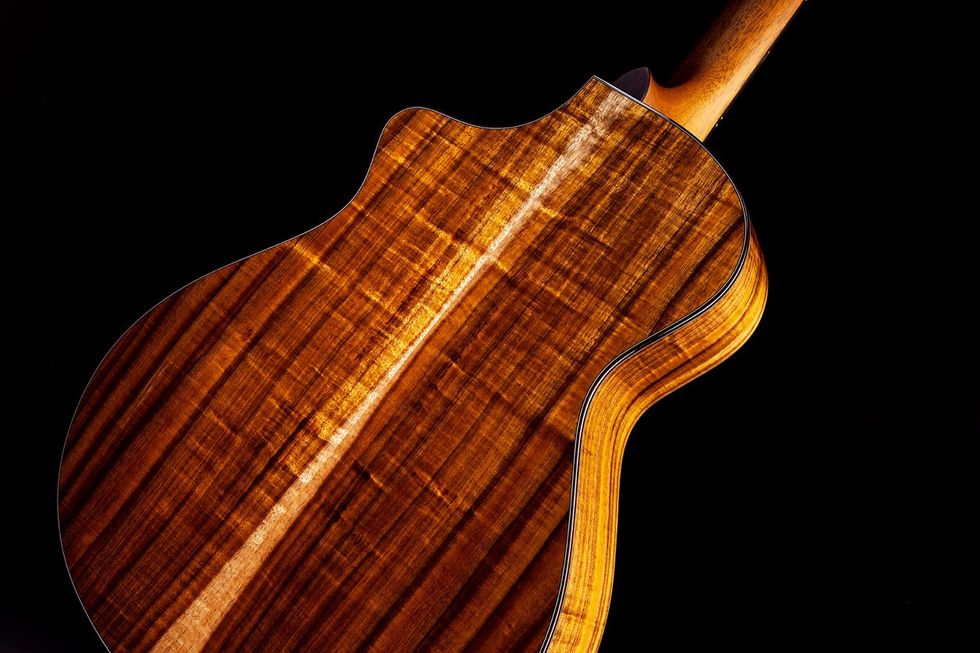
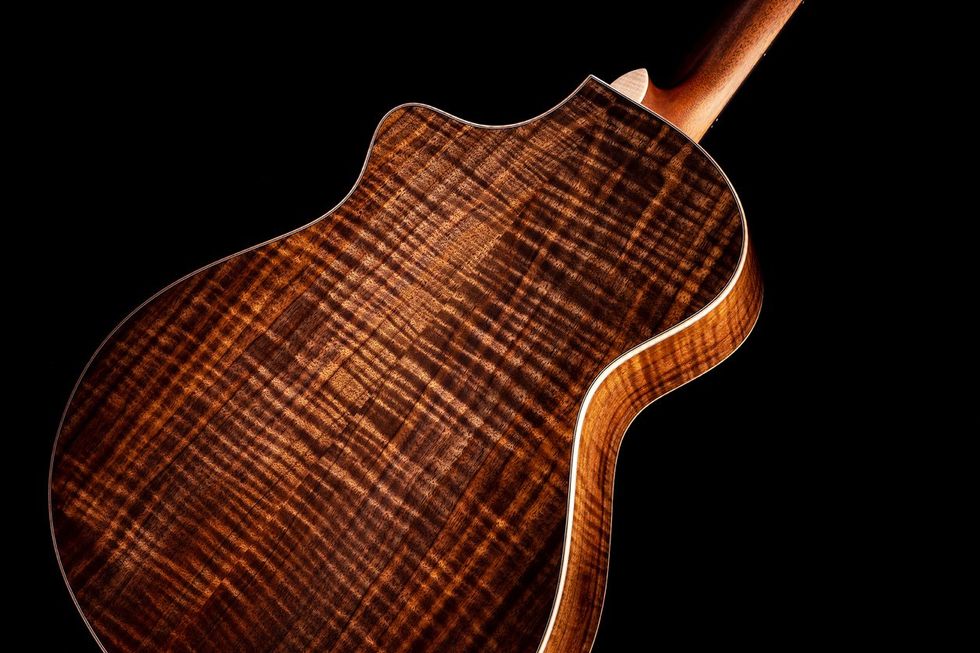

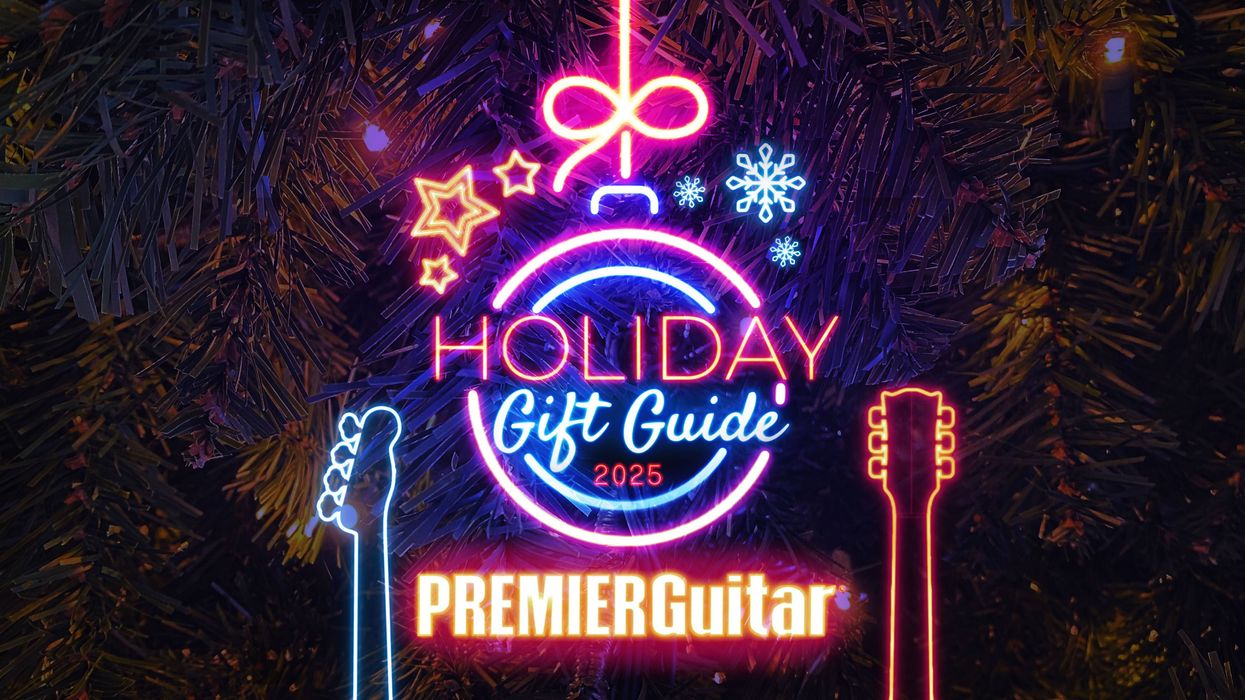
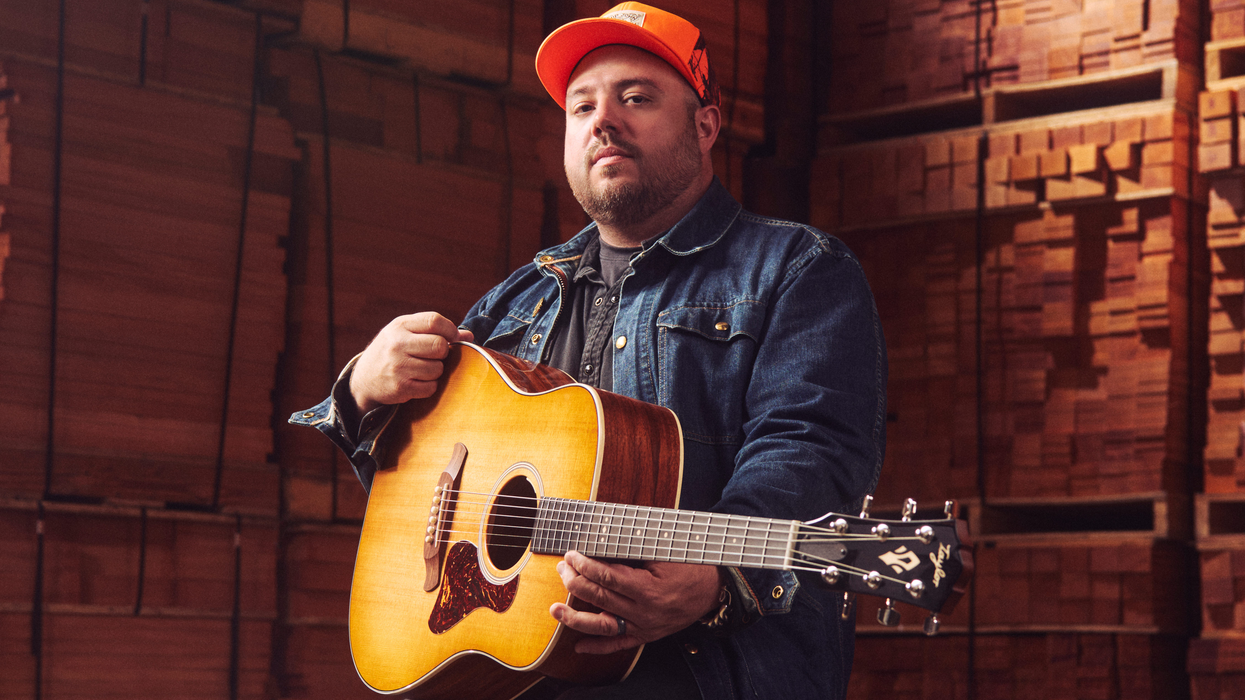








![Rig Rundown: Russian Circles’ Mike Sullivan [2025]](https://www.premierguitar.com/media-library/youtube.jpg?id=62303631&width=1245&height=700&quality=70&coordinates=0%2C0%2C0%2C0)
